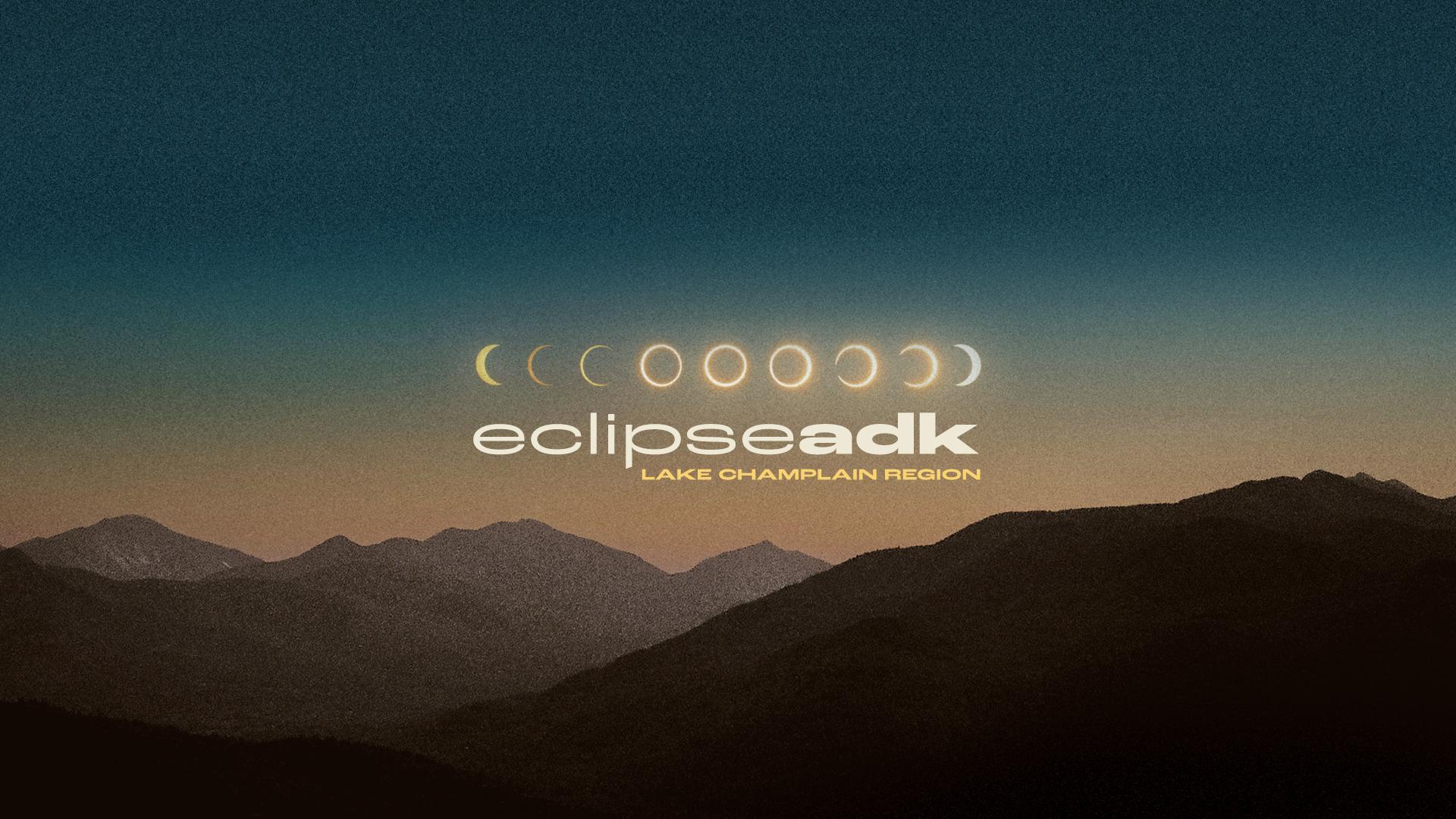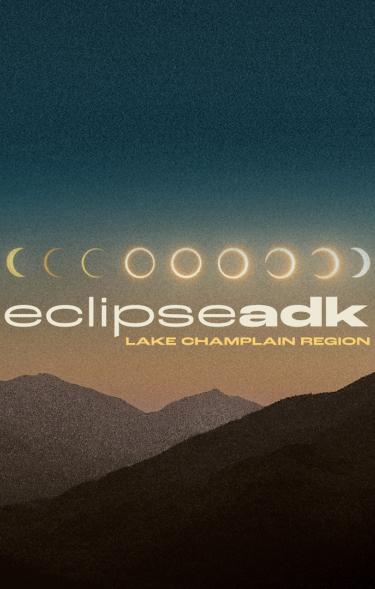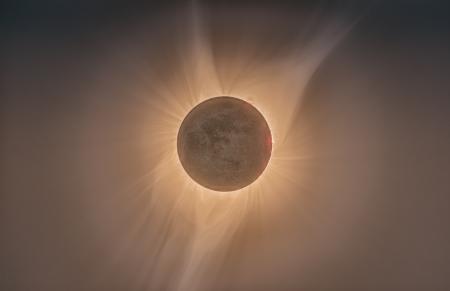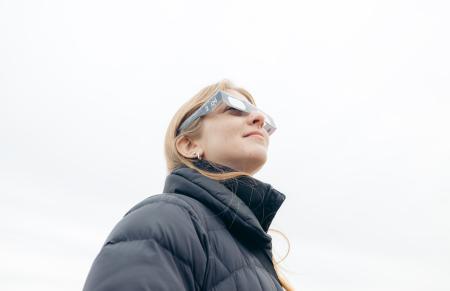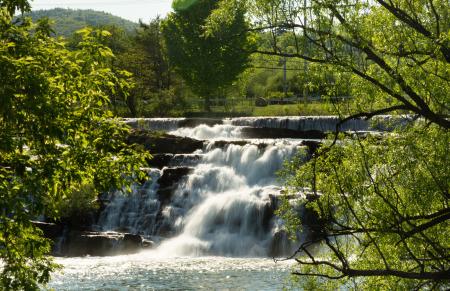Solar eclipse 2024
On April 8, 2024, a total solar eclipse will drape the Adirondack mountains and upstate New York in darkness! This rare event is an astrophotographer's paradise, and travel-lovers will find that the Adirondacks are an exceptional place, if not the best place in the country, to view the eclipse. The fact that this narrow strip of complete darkness is running through the heart of the Adirondacks is enough to drop what you're doing and check out the events in our region. You'll have to wait another 375 years to view a total solar eclipse here! The Lake Champlain Region, in particular, will be a special place to view the eclipse. Our open spaces and legendary places will make our communities prime locations for viewing the celestial event.
The best places to watch
All around the region, there are parks and outdoor spaces with exceptional views of the sky, and businesses hosting watch parties. Check out the list and map below, as well as the FAQ's, for information on where you can experience the eclipse.
-
Westport - Head to the Town of Westport to enjoy the eclipse! Designated Eclipse Viewing Areas: Westport Golf and Lakeview Campus.
-
Essex - Eclipse festival, with Main Street closed off for the watch party. Or watch the Eclipse from Whitcomb's backyard!
-
Ticonderoga - Three viewing locations include: Bicentennial Park, Ticonderoga Recreational Fields & Surrounding Area, and Silver Bay YMCA.
-
Crown Point - Viewing location at Crown Point State Historic Site.
-
Keeseville - Ausable Chasm is SOLD OUT for the eclipse event. Ausable Brewing Co. is now a ticketed event, please purchase tickets in person this Saturday and Sunday.
Solar eclipse packages and promotions
-
A full list of packages and promotions happening in the Ticonderoga area can be found here!
Cell phone usage
The period of totality and for some time afterward will be the peak load for cell towers, as people send and post their eclipse videos and photos.
How to be prepared:
- Bring a printed map or a screenshot of your directions.
- Plan on where to meet friends and family after the eclipse, in case you get separated.
- Keep your phone charged.
Drone usage
In the Adirondack Park, it is legal to launch a drone anywhere the Federal Aviation Administration (FAA) allows, except on specific state lands, and for private use only.
- Drones are motorized equipment and the operation of drones on lands classified as Wilderness, Primitive, or Canoe is absolutely prohibited.
- Commercial drone usage on state Wild Forest lands and over the Adirondack Rail Trail require a permit.
- For more info on the land classification of your viewing site, please visit the DEC website.
For safety reasons, we strongly suggest that you enjoy the eclipse with your eyes, telescopes, and binoculars, with proper protective gear, and leave the drone at home. On April 8, the skies will already be much busier with public and private aircraft.
Eclipse events and updates
If you're curious about what communities close-by are doing for the eclipse, check out Eclipse ADK 2024 for more information. Answers to common questions like where to pick up eclipse glasses, or how to plan for the event can be found in our FAQ section below.
Still have questions? Call our helpline at: (518) 621-3682. The helpline will be open 9 a.m. - 4 p.m., Friday through Monday.
